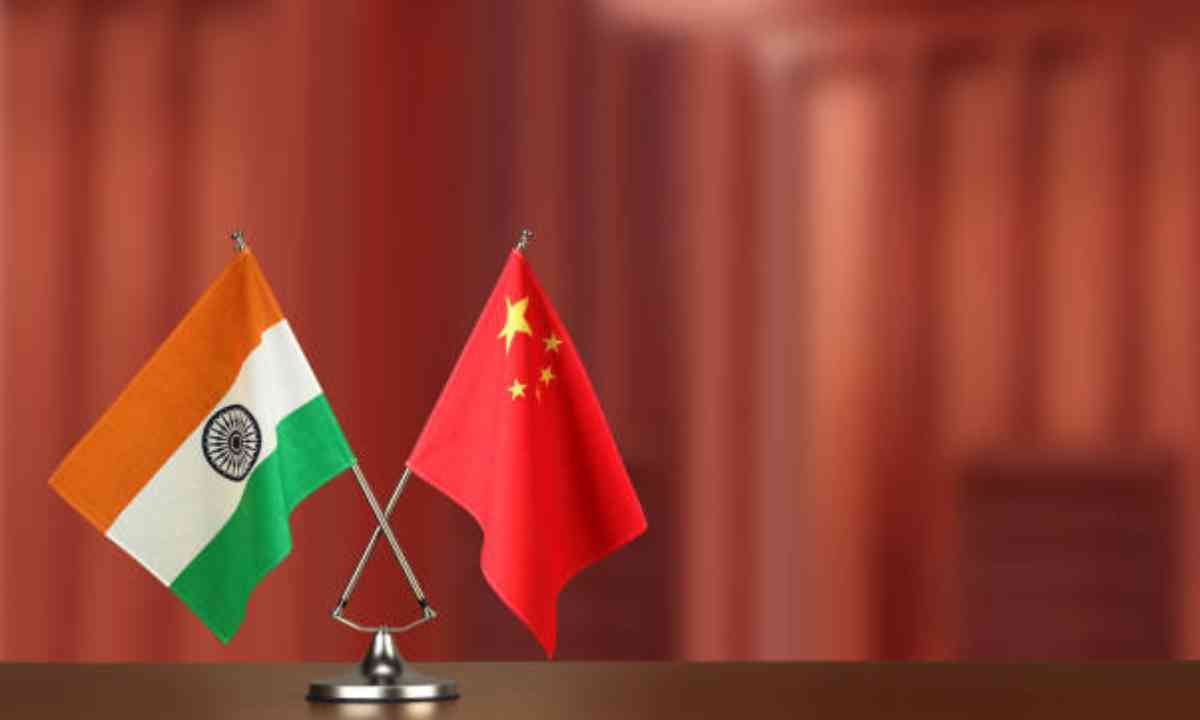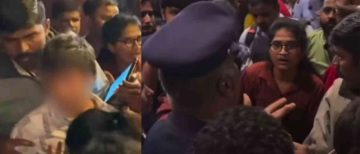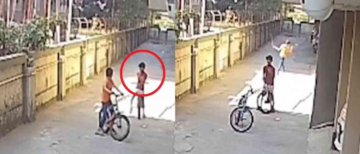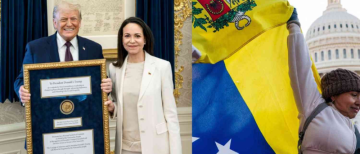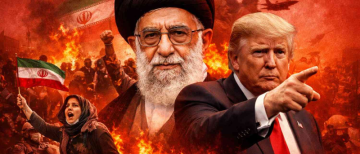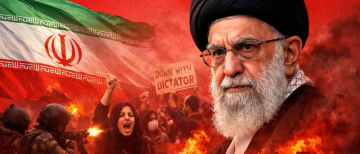The Parliament received news on Tuesday through the Defence Minister, Rajnath Singh, that on 9th December, troops of the People’s Liberation Army had approached the Line of Actual Control near Tawang, Arunachal Pradesh, to ambush Indian troops. This has been the second most serious incident surrounding their contested mountainous border since soldiers from the two nations were captured and killed in June 2020.
The Chinese soldiers came equipped with spiked clubs with nails on them, monkey fists, and taser guns. Due to the steady advancement of the Indian soldiers to the spot of action within half an hour, they were able to overpower the PLA troops with ease, especially because the latter were not carrying rifles. The Indian soldiers, in spite of lacking taser guns, had more weapons than the Chinese which helped them to retaliate and take over them. Both sides sustained injuries in the hand-to-hand combat that ensued. The Chinese were apparently trying to gain ‘morale superiority over Indian troops, and this was attributed to a change of a particular unit of the Army deployed along front areas on the Indian side at the time.
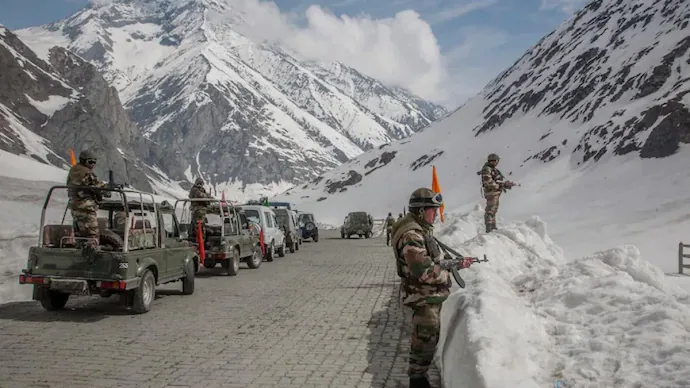
The Indian army said in a statement on Monday that they had a face-off and, “minor injuries to few personnel from both sides,” were caused. The statement also mentioned that after the clash, both troops had withdrawn from the area, allowing their local commanders to meet and discuss the dispute. They took rapid action "to restore peace and tranquility".
Defence Minister Rajnath Singh accused the Chinese PLA of encroaching into the Indian territory and “disrupting the status quo unilaterally.” The Indian government, he said, had spoken to China through diplomatic channels soon after the border clash. "Our forces are ready to meet any challenge on the border," he stressed. On the other hand, Chinese Foreign Ministry spokesman Wang Wenbin told reporters that the border situation was overall “stable.”
At a press briefing in Beijing on Tuesday, he remarked “The two sides have always maintained smooth communication on border-related issues through diplomatic and military channels.”
In recent times, another critical face-off occurred in January 2021 in Sikkim, which left troops injured on both sides. The most fatal confrontation between the two nations in the last 45 years took place in June 2020. A battle had ensued in the Garwan Valley in Ladakh, fought with sticks, stones, and clubs, that resulted in the death of 20 Indian soldiers and at least 4 Chinese soldiers.
There had been talks this September to withdraw troops from certain border areas around the western Himalayas, but after this incident, it is unclear as to what the status of that decision will be.
India and China, two of the world’s greatest and largest nations, have shared a long-term dispute over their shared possession of an ill-defined, 3,440km (2,100-mile)-long border.
This clash reminded a lot of soldiers of the similar nature of arms and weapons used in the 2020 face-off, some media channels reported.
© Vygr Media Private Limited 2022. All Rights Reserved.

